Hwamunseok Cultural Center (강화화문석문화관)
15.5 Km 22512 2021-11-11
413, Jangjeongyango-gil, Ganghwa-gun, Incheon
+82-32-930-7060
Ganghwa Hwamunseok, Korea's only rush-weaving handicraft, is a cultural legacy inherited from the Goryeo period, and is a product that is exclusively produced in Ganghwa-gun. To preserve and develop its historic rush-weaving handicrafts, Ganghwa-gun constructed Hwamunseok Cultural Center at Yango-ri in Songhae-myeon, the craft's place of origin. Visitors to the cultural center will be able to view the individual features and transformations of Hwamunseok in addition to the past, present and future of rush-weaving handicrafts.
Ganghwa Armiae World (강화 아르미애월드)
16.1 Km 15201 2020-02-29
742-2, Jungang-ro, Ganghwa-gun, Incheon
Ganghwa Armiae World is a theme park with Ganghwa mugwort as its theme. The mugwort of Ganghwado Island is widely known for its great medicinal effects. Armiae means “creating beauty through mugwort.” Armiae World provides its visitors with various opportunities to experience Ganghwa mugwort.
Mugwort Korean Beef Restaurant serves quality beef from cattle fed Ganghwa mugwort. The restaurant features a modern interior with beautiful views of the surrounding area. The Mugwort Experience Hall presents various mugwort-related experience programs such as a spa, foot bath, and sitz bath. The Agricultural Exhibition Hall provides a childrens' interactive experience about the value of farming, and the Onsaemiro Maze Park offers a history trip of Ganghwa greenhouses along the labyrinth. Other facilities include the Pottery Experience Hall, Ganghwa Agricultural Goods Sales Office, outdoor lawn square for events and picnics, and a processing plant for agricultural and indigenous products including mugwort.
Armiae World is located at the foot of Hyeolgusan Mountain, which is well-known for beautiful azalea flowers in the spring. Providing hands-on experiences in farming, Armiae World is emerging as a unique tourist attraction of Ganghwado Island.
Ganghwa Seoksumun Gate (강화 석수문)
17.7 Km 13635 2020-02-06
Gukhwa-ri, Ganghwa-gun, Incheon
+82-32-930-4571
Seoksumun is a floodgate on the Dongnakcheon Stream, which flows through the town of Ganghwa-eup. The floodgate was built in 1711 (37th year of King Sukjong’s reign during the Joseon Period) and it is connected to the inner walls of the Ganghwasanseong Fortress. It is an arched structure with a design of three rainbows coming together. Made of granite, the floodgate measures 18.2 meters in length and 2.7 meters in x_height, while the arches are 1.7 meters tall, and 3 meters wide.
Ganghwahyanggyo Confucian School (강화향교)
17.8 Km 22552 2020-06-29
58, Hyanggyo-gil, Ganghwa-gun, Incheon
+82-32-930-4571
First established in Ganghwa-eup during the 5th year of King Injong in the Goryeo dynasty (1127), Ganghwahyanggyo Confucian School was moved to Ganghwa-gun and then restored at the foot of Buksan Mountain (formally Songaksan Mountain) in 1624 by Sim Yeol during the 2nd year of King Injo.
Ganghwahyanggyo Confucian School is regarded as an important cultural and historical site in Ganghwa-eup.
Espana Village (스페인마을)
18.0 Km 2 2024-02-16
2677-21 Haeannam-ro, Hwado-myeon, Ganghwa-gun, Incheon
Espana Village is a themed destination established in 2019, embracing a Spanish concept. It meticulously recreates an exotic landscape inspired by Spanish architectural styles and culture. The village houses various cultural facilities, including cafés, live restaurants, galleries, and offers accommodation options such as pensions and caravans. Visitors can relish a leisurely stroll while enjoying panoramic views of the sea surrounding Ganghwado Island.
Joyang Bangjik Cafe (조양방직)
18.2 Km 99 2023-11-13
12 Hyangnamu-gil 5beon-gil, Ganghwa-gun, Incheon
+82-32-933-2192
Joyang Bangjik, which means Joyang Textile in English, was the first rayon factory established with domestic funds in 1933 in Ganghwa, but were closed down as Ganghwa textiles declined over the years. The empty building was left in ruins until it became renovated as a huge cafe. A demolished wall became a wonderful art gallery and movie theater, a long workbench was turned into a coffee table, and the space where machines and people worked was filled with antiques found in China and Europe. A British door with a broken window, a round mirror from an old train in the Czech Republic, and a fish-shaped bun machine that struggled to turn itself over every winter are naturally arranged as if they were there originally, giving an impression of time throughout the cafe by utilizing the factory and building frame of more than 990 square meters. Currently, various drinks and cakes are offered.
Ganghwasanseong Fortress (강화산성)
18.2 Km 13509 2020-03-16
San 3, Gukhwa-ri, Ganghwa-gun, Incheon
+82-32-930-5464
Ganghwasanseong Fortress was originally earthen mountain walls, built during King Go Jong’s 19th year of reign (1232), after he moved to Ganghwado. It was built to repel attacks from the Mongols. The inner castle was destroyed when the capital was moved to another place, and at the beginning of the Joseon Era (1392-1910) the wall was again rebuilt with mud.
It went through much restoration until finally being rebuilt with stones. Ganghwasanseong Fortress originally had interior and exterior walls, but only the interior wall remains today. It has an approximate circumference of 1.2km. The exterior mud wall was approximately 9km in circumference with 8 gates. The huge exterior wall was built along the side of the east channel of Ganghwa, but no longer exists today. From 1977, the interior wall has been rebuilt many times over, but the east side of this wall has yet to be reconstructed.
There were four main gates in the wall. To the south, Anparu; to the east, Cheomhwaru; to the west, Manghanru; and to the north, Jinsongru. At the west gate, the historic Yeonmudang still remains. This area was where the soldiers used to train, and was also the place where the Korea-Japan Treaty of Peace and Amity (or Treaty of Ganghwa Island) was signed in 1876.
With its aching history
left behind and beautiful scenery, Ganghwasanseong Fortress serves as an ideal place for a brisk walk or refreshing drive.
[Ganghwa Nadeul-gil Course 8] Bird Watching Trail ([강화 나들길 제8코스] 철새 보러 가는 길)
18.3 Km 23896 2022-11-11
24, Cheonghadong-gil, Ganghwa-gun, Incheon
+82-32-934-1906
The Ganghwa Nadeul-gil Trails are a collection of walking paths along the coast of Ganghwa Island that connect the watchtowers and and walls of Ganghwasanseong Fortress, as well as royal tombs and other historically significant sites from the Goryeo dynasty that dot the island.
[Ganghwa Nadeul-gil Course 8] Bird Watching Trail
Course 8 stretches over a 17.2 kilometer area between Chojijin Fort and Bunoridondae Fortification. Set along the southern coast of Ganghwado Island, this trail showcases the island's natural beauty and history. It is especially popular in summer when the cool ocean breeze blows and in winter when the migratory birds settle in the mud flats.
[Ganghwa Nadeul-gil Course 7] Setting Sun Trail ([강화 나들길 제7코스] 낙조보러 가는 길)
18.3 Km 23723 2022-12-29
24, Cheonghadong-gil, Ganghwa-gun, Incheon
+82-32-934-1906
The Ganghwa Nadeul-gil Trails are a collection of walking paths along the coast of Ganghwa Island that connect the watchtowers and and walls of Ganghwasanseong Fortress, as well as royal tombs and other historically significant sites from the Goryeo dynasty that dot the island.
[Ganghwa Nadeul-gil Course 7] Setting Sun Trail
Course 7 stretches over a 20.8-kilometer-long loop from Hwado Parking Lot to Mud Flat Research Center and back. The trail leads through a tunnel of green leaves before opening out onto the mud flat. The mud flat is one of the world's top five mud flats and presents a beautiful view of the ocean and mountains. Bird-watchers will love the chance to see migratory birds fly through each winter.
[Ganghwa Nadeul-gil Course 6] Birthplace of Hwanam Trail ([강화 나들길 제6코스] 화남생가 가는 길)
18.3 Km 23150 2022-08-18
24, Cheonghadong-gil, Ganghwa-gun, Incheon
+82-32-934-1906
The Ganghwa Nadeul-gil Trails are a collection of walking paths along the coast of Ganghwa Island that connect the watchtowers and and walls of Ganghwasanseong Fortress, as well as royal tombs and other historically significant sites from the Goryeo dynasty that dot the island.
[Ganghwa Nadeul-gil Course 6] Birthplace of Hwanam Trail
Course 6 stretches over an 18.8 kilometer area between Ganghwa Bus Terminal and Gwangseongbo Reservoir. The trail passes through fields and forests. Hwanam's hometown is so beautiful, people often say all the flowers that grow in the world can be found here.
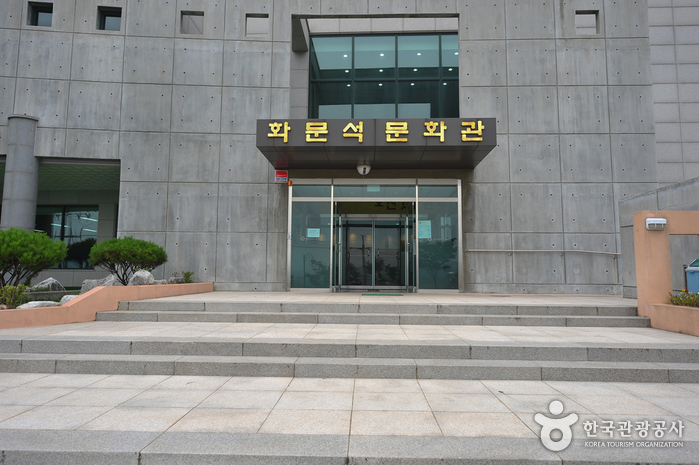
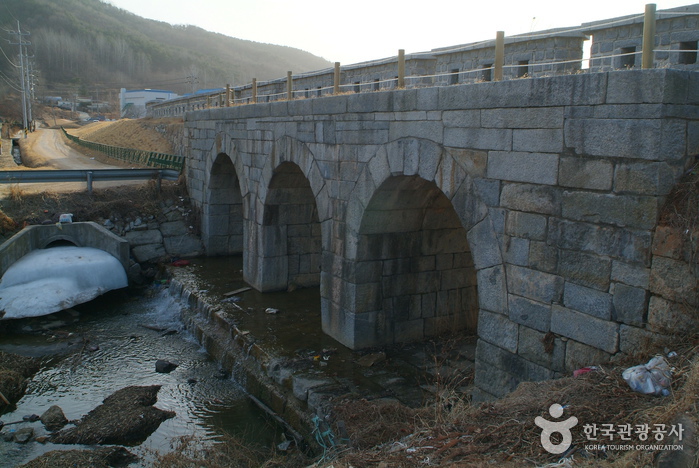
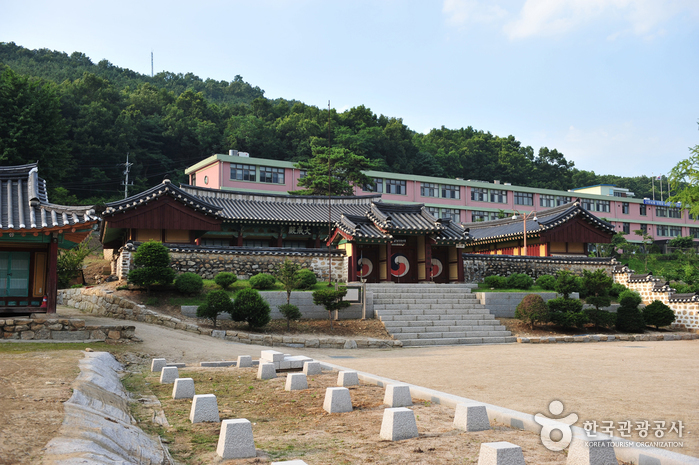
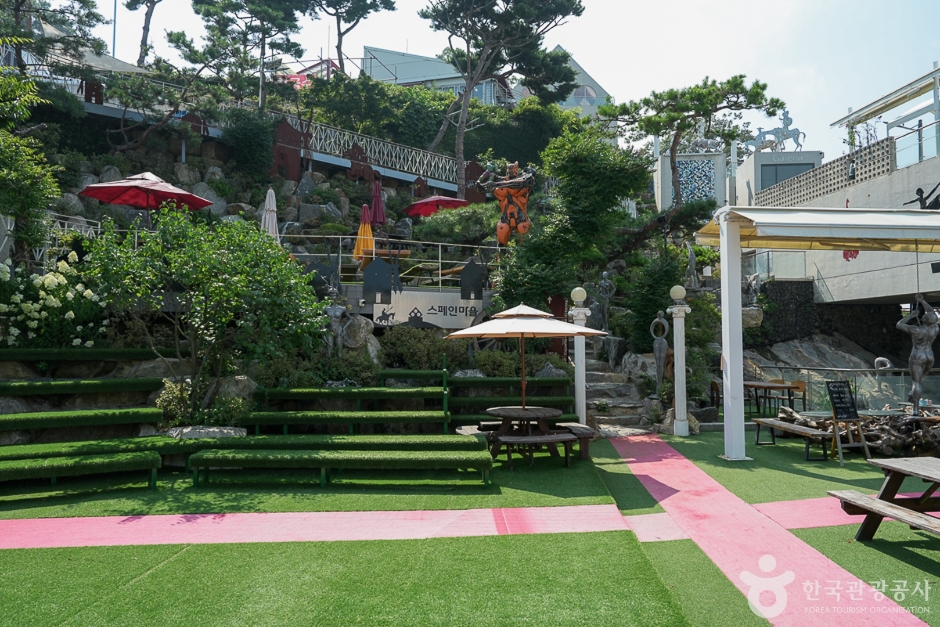
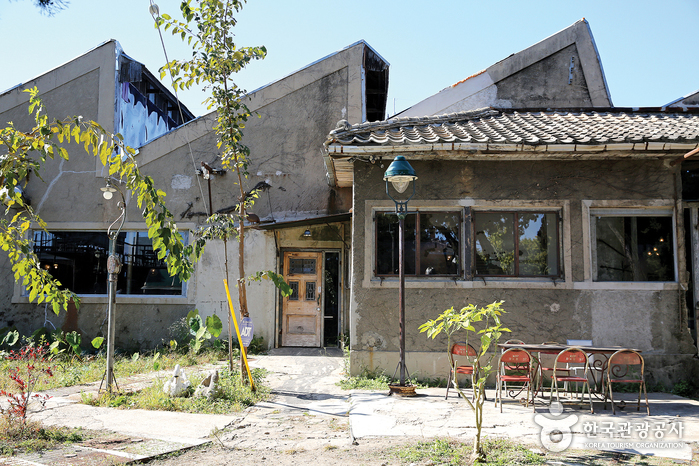
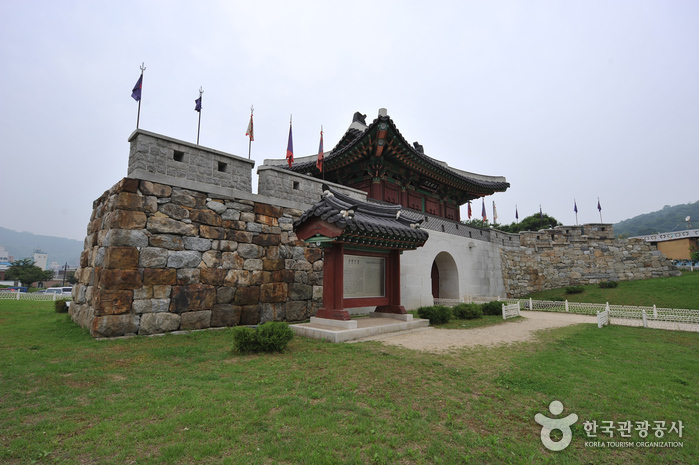
![[Ganghwa Nadeul-gil Course 8] Bird Watching Trail ([강화 나들길 제8코스] 철새 보러 가는 길)](http://tong.visitkorea.or.kr/cms/resource/32/1895232_image2_1.jpg)
![[Ganghwa Nadeul-gil Course 7] Setting Sun Trail ([강화 나들길 제7코스] 낙조보러 가는 길)](http://tong.visitkorea.or.kr/cms/resource/22/1895222_image2_1.jpg)
![[Ganghwa Nadeul-gil Course 6] Birthplace of Hwanam Trail ([강화 나들길 제6코스] 화남생가 가는 길)](http://tong.visitkorea.or.kr/cms/resource/27/1895227_image2_1.jpg)
 English
English
 한국어
한국어 日本語
日本語 中文(简体)
中文(简体) Deutsch
Deutsch Français
Français Español
Español Русский
Русский